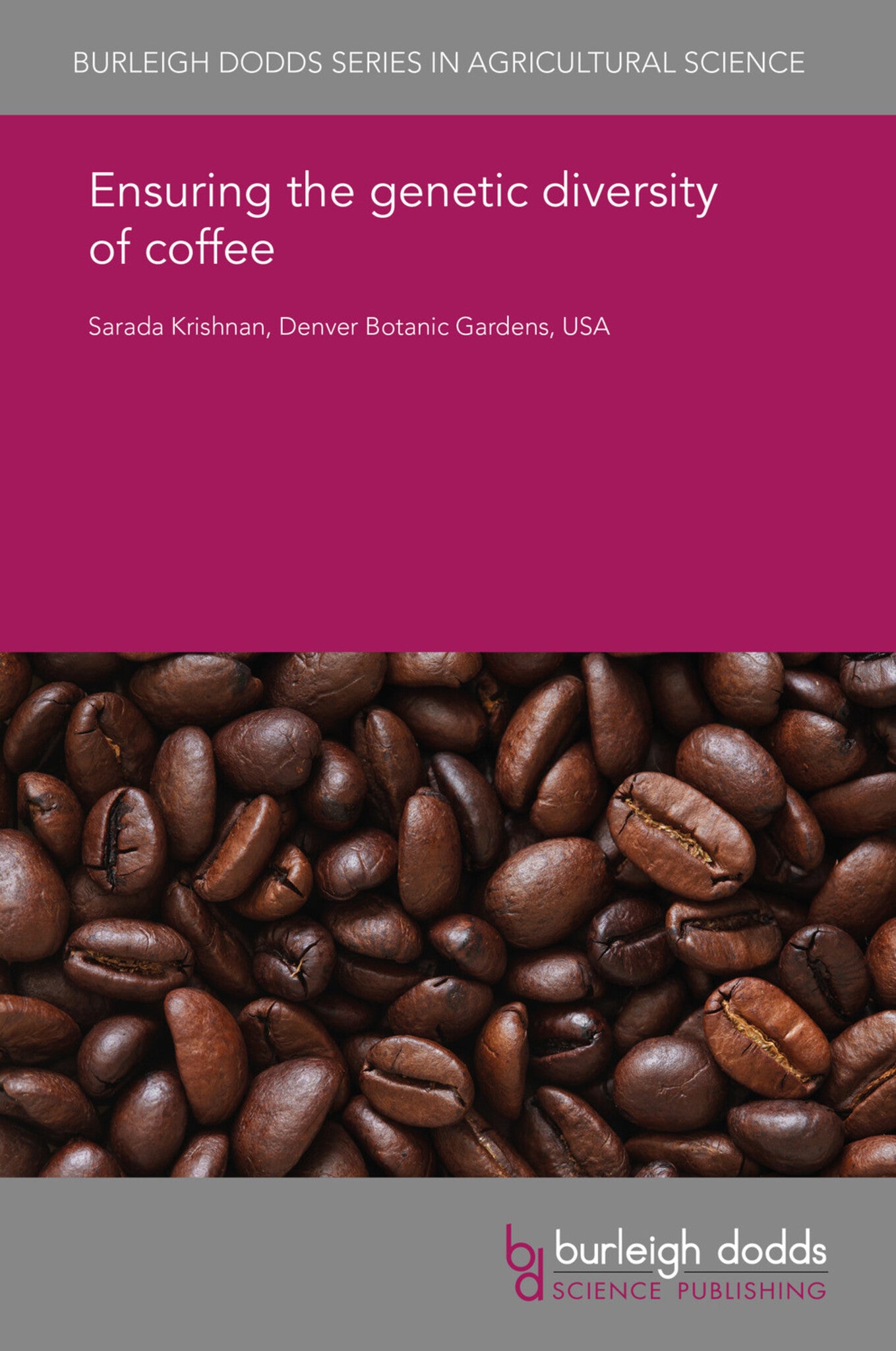We're sorry. An error has occurred
Please cancel or retry.
Ensuring the genetic diversity of coffee
Regular price
£25.00
Sale price
£25.00
Regular price
£25.00
Unit price
/
per
Sale
Sold out
Re-stocking soon
Developing adaptation strategies will be critical in sustaining the coffee economy and livelihoods in many countries, owing to continued rises in production costs, as well as problems related to ne...
Read More

Some error occured while loading the Quick View. Please close the Quick View and try reloading the page.
Couldn't load pickup availability
- Format:
-
01 January 2018

Developing adaptation strategies will be critical in sustaining the coffee economy and livelihoods in many countries, owing to continued rises in production costs, as well as problems related to negative impacts of climate change and higher incidence of pests and diseases. Utilizing the varied genetic resources of coffee to develop varieties with drought stress tolerances, pest and disease resistances, high cup quality and increased production will ensure the future sustainability of the crop. This chapter examines the genetic resources of coffee in both ex situ collections and in situ situations and provides a detailed case study of the conservation of wild coffee species in Madagascar. In the context of the development of a Global Conservation Strategy for Coffee Genetic Resources, the chapter looks ahead to future developments in this area.

Price: £25.00
Publisher: Burleigh Dodds Science Publishing
Imprint: Burleigh Dodds Science Publishing
Series: Burleigh Dodds Series in Agricultural Science
Publication Date:
01 January 2018
ISBN: 9781838793753
Format: eBook
BISACs:
TECHNOLOGY & ENGINEERING / Agriculture / Sustainable Agriculture, Agronomy and crop production, TECHNOLOGY & ENGINEERING / Agriculture / Tropical Agriculture, TECHNOLOGY & ENGINEERING / Agriculture / Agronomy / Crop Science, Botany and plant sciences, Sustainable agriculture, Tropical agriculture

1 Introduction 2 Coffee genetic resources 3 Case study: conservation of wild Coffea spp. in Madagascar 4 Future trends and conclusion 5 Where to look for further information 6 References



